5 Terrifying Examples of What Climate Change Actually Looks Like
By:
Climate change is affecting us more every day, and, over time, the effects of even minute changes in global temperatures can result in some serious consequences.
You can see the effects particularly well in some places around the globe, where the changes are dramatic and upsetting.
Here are five examples of the drastic effects climate change has already wrought.
1. Greenland Ice Sheet
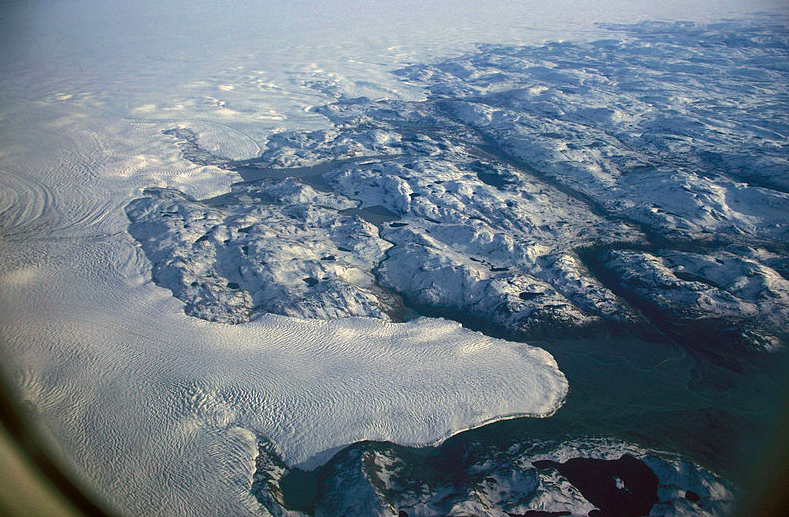 Wikimedia commons - wikimedia.org
Wikimedia commons - wikimedia.org
Greenland's massive ice sheet, which is roughly the size of Alaska, is the second-largest potential contributor to sea level rise due to melting ice, CNN reported. NASA experts said that the sheet has been losing ice at an average rate of 287 billion metric tons each year. Last month, scientists reported that the sheet began its annual summer melt earlier than ever before.
More broadly, ice formation changes have been some of the most strikingly documented manifestations of climate change in recent years. Projects such as the Extreme Ice Survey are able to show, in disturbing time-lapse videos, the drastic effects of warming temperatures on glacial ice sea level rise.
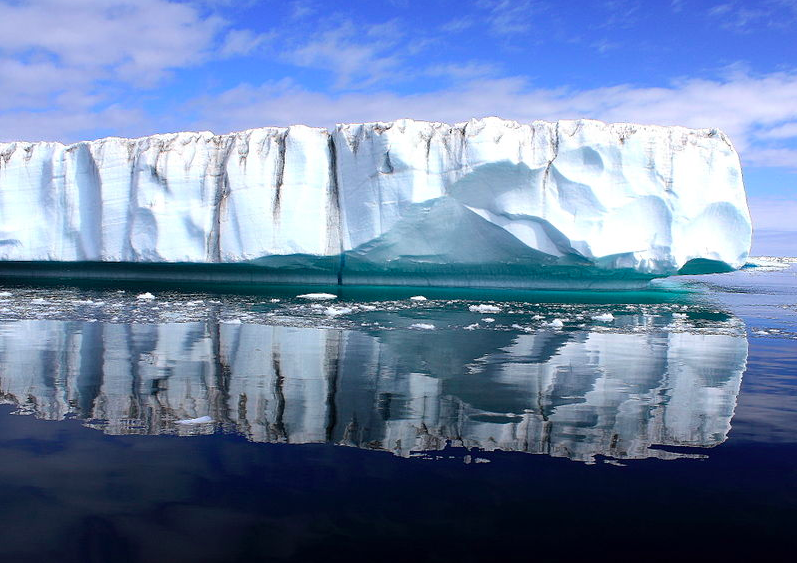 Wikimedia Commons/Christine Zenino - wikimedia.org
Wikimedia Commons/Christine Zenino - wikimedia.org
2. Grinnell Glacier, Glacier National Park
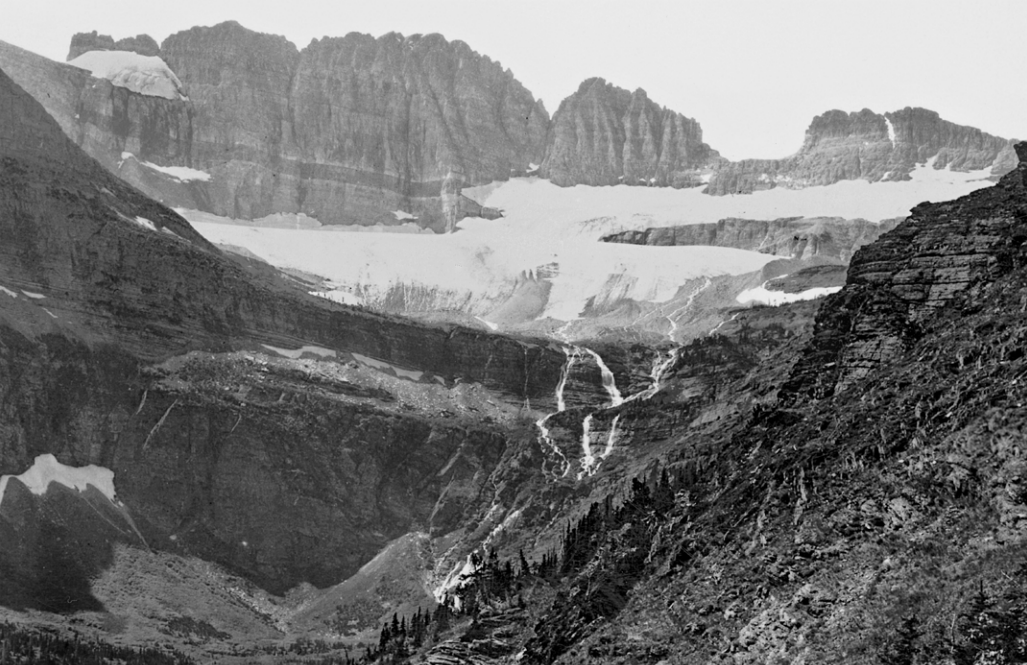 USGS/Stanton - nps.gov
USGS/Stanton - nps.gov
In the above photo from 1930, the Grinnell Glacier in Montana can be seen just above the waterfalls, reaching up to connect with what's now called the Salamander Glacier along the ridge line. But glacial melting has changed the landscape dramatically since then, as a 2008 photo, below, showed.
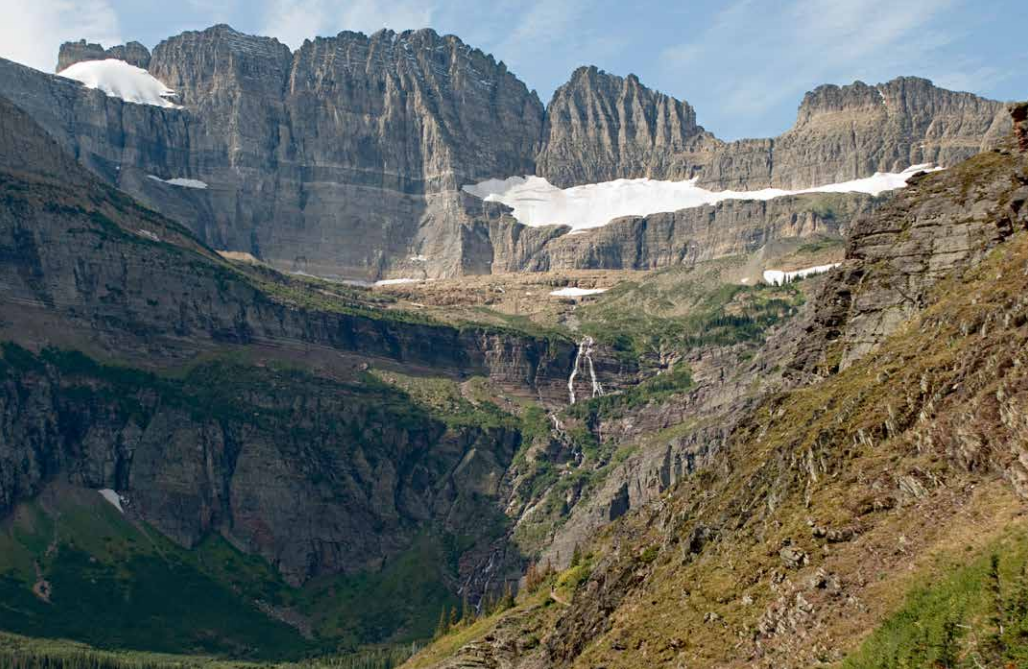 USGS/L. McKeon - nps.gov
USGS/L. McKeon - nps.gov
The "effects of global climate change are strikingly clear" in Glacier National Park, with some estimates predicting that a number of the park's largest glaciers will be gone by 2030, according to the U.S. Geological Survey.
3. Newtok, Alaska
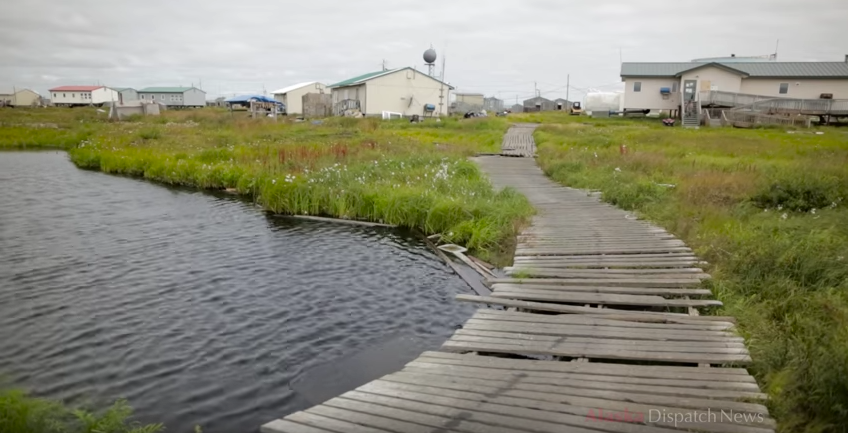 Alaska Dispatch News - youtube.com
Alaska Dispatch News - youtube.com
Residents of the tiny town of Newtok, which sits on a small patch of land between rivers near Alaska's west coast, have been feeling the gradual effects of climate change in a very real way in recent decades, according to the Alaska Dispatch News. The village was highlighted by President Barack Obama recently to raise awareness of climate change. Because Newtok sits on a frozen sublayer of soil called permafrost, its borders are eroding rapidly as temperatures increase in Alaska, which is warming much faster than the mainland United States.
"Sometimes, we lose 100 feet a year," one resident told The Atlantic. Newtok could be underwater as soon as next year, according to the Army Corps of Engineers.
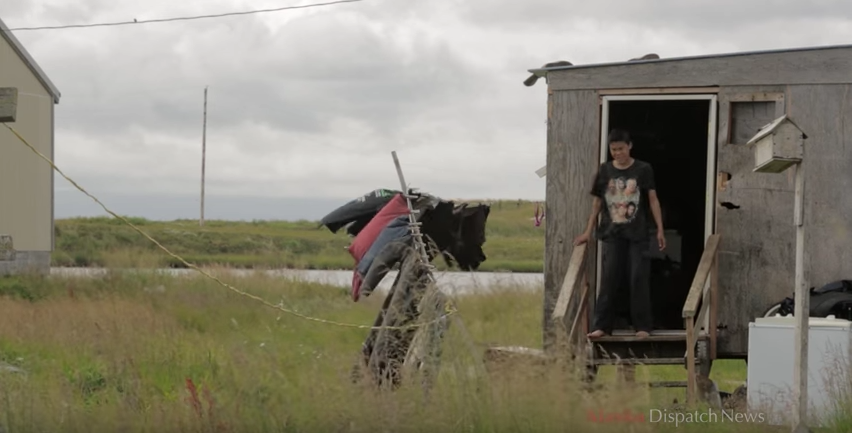 Alaska Dispatch News - youtube.com
Alaska Dispatch News - youtube.com
4. Guna Yala, Panama
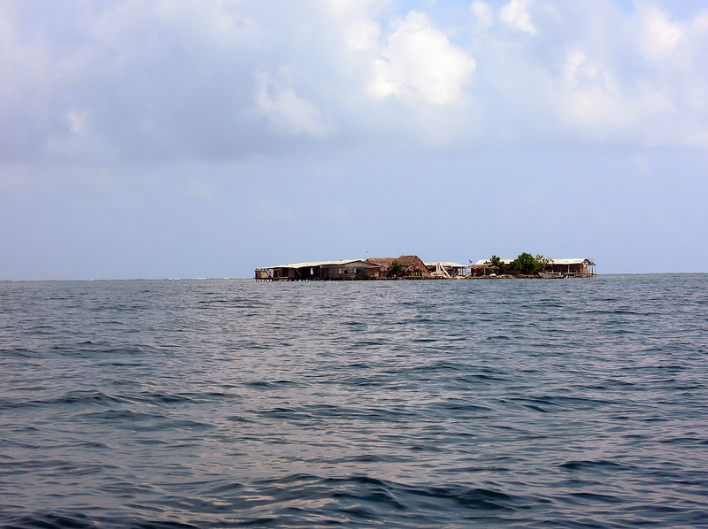 Flickr/sergejf - flickr.com
Flickr/sergejf - flickr.com
The autonomous region of Panama stretches across a patch of mainland and 365 small islands, most of which are uninhabited. For those who do live on the islands, rising sea levels threaten their homes, which would mean relocation and a different way of life for island-economy-dependent residents. Some experts believe sea levels there are rising at a rate of about three-quarters of an inch each year, The New York Times reported.
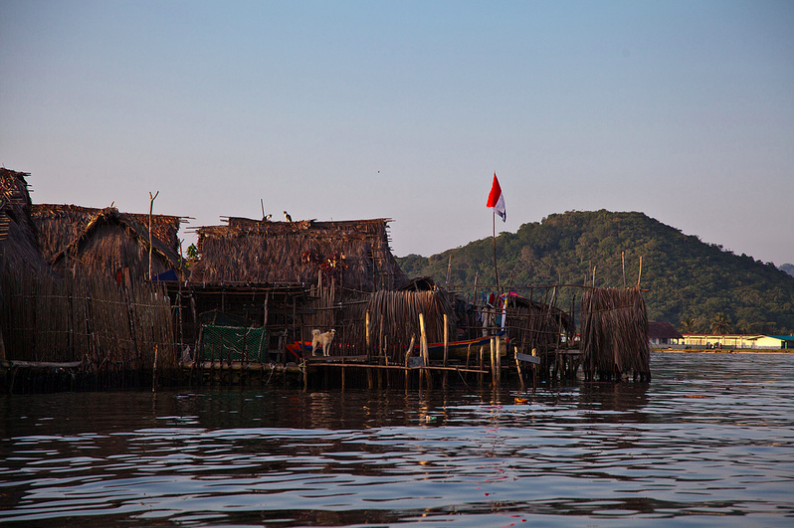 Flickr/Ben Kucinski - flickr.com
Flickr/Ben Kucinski - flickr.com
5. Australia's Great Barrier Reef
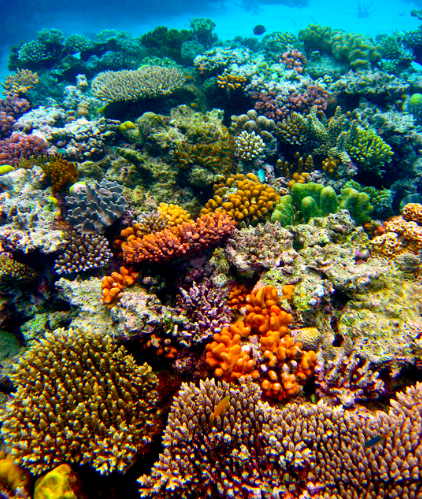 Flickr/Kyle Taylor - flickr.com
Flickr/Kyle Taylor - flickr.com
As ATTN: reported recently, huge swaths of Australia's breathtaking underwater ecosystem of coral are undergoing what's known as a bleaching event. Bleaching occurs when corals under stress expel color-giving algae because of abnormal conditions — including warmer-than-usual water, for example. Coral reefs are home to around 25 percent of marine fish species, help mitigate destructive storms, and sustain food sources for millions of people. Bleached coral can survive and regenerate, but only if the stress of bleaching is not prolonged.
Australia's National Coral Bleaching Taskforce estimated that about 95 percent of the Great Barrier Reef has experienced severe bleaching. Here's what that looks like.
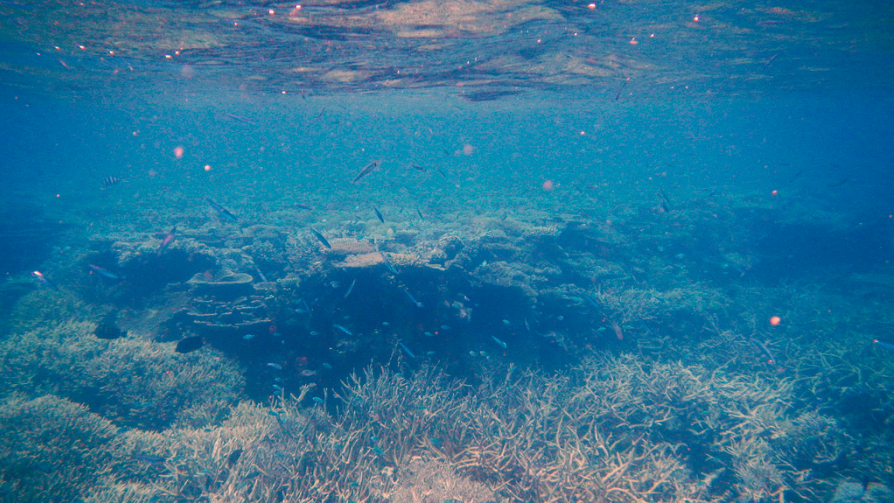 Flickr/Robert Linsell - flickr.com
Flickr/Robert Linsell - flickr.com
